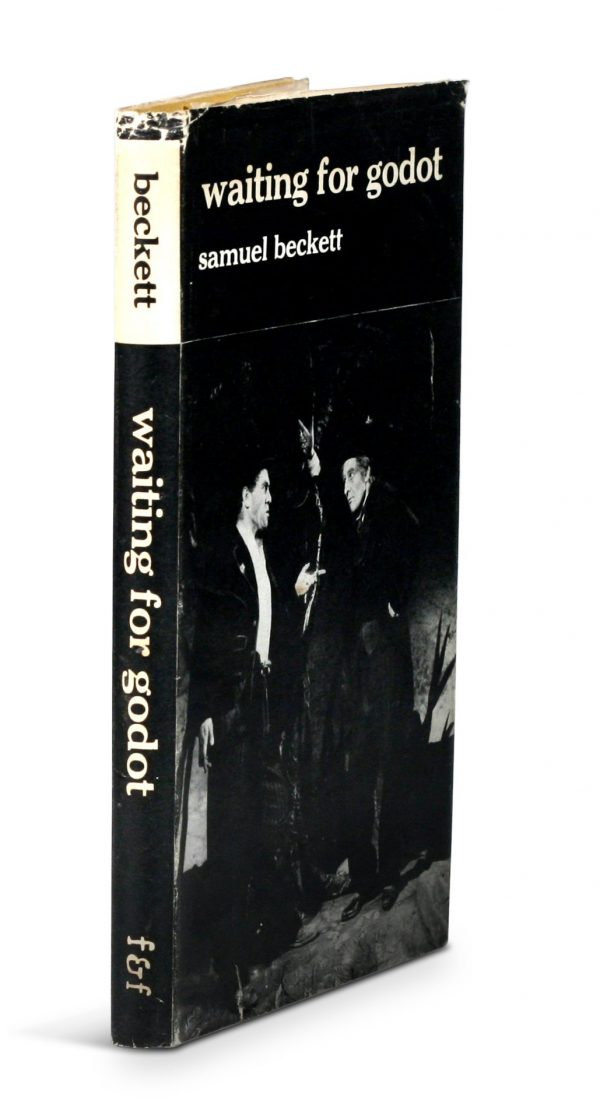Add to Wishlist

Observations upon the prophecies of Daniel, and the Apocalypse of St. John
London, 1733FIRST EDITION of Isaac Newton’s posthumously published theological interpretation of the Biblical prophecies.
“It has generally been assumed that the work was a product of his old age, as the treatise published was. Nevertheless, references to the prophecies filled his early theological notebook. Already in the 1670s, he believed that the essence of the Bible was the prophecy of human history rather than the revelation of truths beyond human reason unto life eternal. Already at that time he believed what he asserted later about Revelation: ‘There [is] no book in all the scriptures so much recommended & guarded by providence as this.’ He put that belief into practice by composing his earliest theological study. It proved to be more than a passing interest. His first full discourse contains many insertions in later hands, showing that he referred to it frequently. He composed numerous revisions of it, one of which was probably the last thing on which he was at work when he died more than fifty years later.” (Richard Westfall, The Life of Sir Isaac Newton).
Quarto, period style boards. Uncut, a superb copy.
- $5,000.00
Add to Wishlist

Signed by Al Gore
Earth In the Balance: Ecology and the Human Spirit
New York, 1992“A global environmental crisis threatens to overwhelm our children’s generation. Mitigating the crisis will require a planetary perspective, long-term thinking, political courage and savvy, eloquence and leadership––all of which are in evidence in Al Gore’s landmark book.”–Carl Sagan
FIRST EDITION, SIGNED AND INSCRIBED BY AL GORE: “For the grandchildren of Sally and Paul Robinson”. A fine copy in the original dust jacket.
- $225.00
Add to Wishlist

PMM 417
Ondes et Mouvements [Waves and Motions]
Paris, 1926FIRST EDITION IN ORIGINAL WRAPPERS of de Broglie’s presentation of his revolutionary theory of the wave-particle duality of matter. PMM 417.
De Broglie’s work “served as the basis for developing the general theory nowadays known by the name of wave mechanics, a theory which has utterly transformed our knowledge of physical phenomena on the atomic scale.”
Octavo, original printed wrappers; custom cloth box. Modest bookplate on inside front wrapper; tape repair to initial blank. Minor discoloration to wrapper edges; an excellent copy.
- $2,500.00
Add to Wishlist

A landmark work in computer science
On the Mechanical Performance of Logical Inference
London, 1870FIRST EDITION of Jevons’s explanation of his “logical piano”; a landmark in computer science.
To the reader of the preceding paper it will be evident that mechanism is capable of replacing for the most part the action of thought required in the performance of logical deduction. Mental agency is required only in interpreting correctly the grammatical structure of the premises, and in gathering the purport of the reply… The machine is thus the embodiment of a true symbolic method or Calculus…
Jevons invented a “logical piano” (so named because it resembled a small upright piano) that could perform, through a sequence of switches, various types of logical calculations. In doing so, he became “the first person to construct a machine with sufficient power to solve a complicated problem faster than the problem could be solved without the machine’s aid” (Goldstine). “On the Mechanical Performance of Logical Inference,” a paper Jevons read before the Royal Society on January 20, 1870, is his most detailed description of this early prototype of the modern computer. The logical piano now stands in the Museum of the History of Science in Oxford.
In: Philosophical Transactions of the Royal Society of London for the year 1870, pp. 497-518, Vol. 160, Part II (the complete volume). London: Taylor and Francis, 1870. Quarto, modern half-calf over marbled boards, with the original wrappers bound-in. A fine copy.
- $1,500.00
